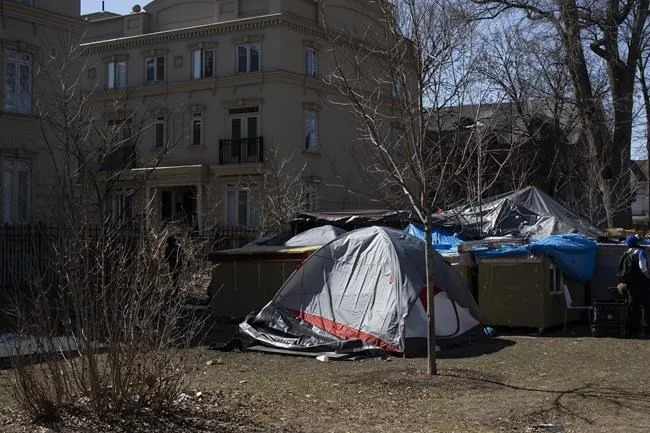Innes FitzGerald: The teenager turns down championships for the planet
Layla Nelson
February 1, 2023

Innes Fitzgerald of Great Britain competing in the U20 Women’s 4000m during the SPAR European Cross Country Championships at Piemonte-La Mandria Park in Turin, Italy.
At 16, athlete Innes FitzGerald refuses to be left behind.
The promising long-distance runner turned down participation in the Cross Country World Championships.
your justification? The competition takes place in Australia, thousands of miles from her home in Devon. Innes says she can’t justify flying in a climate crisis.
“I had to do something. I had to do something just to make people aware of the problem,” she says.
“I just thought I had to do something,” Innes tells BBC Newsbeat.
“So when I had the opportunity to go to Australia, I thought, well, now I should say something.”
She wrote a letter to British Athletics, first published in Athletics Weekly, where she wrote that travel fills her with “deep concern”.
“I would never feel comfortable knowing that people could lose their livelihoods, homes and loved ones as a result,” her letter reads.
“The least I can do is express my solidarity with those suffering on the front lines of climate change.
“It wasn’t easy making a decision, but little compares to the sadness I would feel if I accepted the flight.”

Innes Fitzgerald of Great Britain competing in the U20 Women’s 4000m during the SPAR European Cross Country Championships at Piemonte-La Mandria Park in Turin, Italy.
At 16, athlete Innes FitzGerald refuses to be left behind.
The promising long-distance runner turned down participation in the Cross Country World Championships.
your justification? The competition takes place in Australia, thousands of miles from her home in Devon. Innes says she can’t justify flying in a climate crisis.
“I had to do something. I had to do something just to make people aware of the problem,” she says.
“I just thought I had to do something,” Innes tells BBC Newsbeat.
“So when I had the opportunity to go to Australia, I thought, well, now I should say something.”
She wrote a letter to British Athletics, first published in Athletics Weekly, where she wrote that travel fills her with “deep concern”.
“I would never feel comfortable knowing that people could lose their livelihoods, homes and loved ones as a result,” her letter reads.
“The least I can do is express my solidarity with those suffering on the front lines of climate change.
“It wasn’t easy making a decision, but little compares to the sadness I would feel if I accepted the flight.”
‘It’s an emergency’
British Athletics’ response was muted – the organization declined to comment when approached by BBC Newsbeat and Innes says she only received a brief reply herself.
However, others have praised Innes for showing leadership on climate action. Now the teenager hopes that other athletes will follow her example.
“I hope more athletes start questioning their decisions,” says Innes.
“Obviously I don’t expect everyone to behave like me, but I think just doing small things that they think they might be able to do.
“And more high profile athletes that have such a large media platform should use it and speak out about the issues.”
Innes’ election highlights a problem in global competitive sport: Is there a way to be less travel-intensive?
The World Cup in Qatar had promised to be the first carbon-neutral tournament, but there were an estimated 500 daily flights in and out of the capital, Doha, casting doubt on those ambitions.
And Nottingham Forest had to defend themselves after being flown to and from Blackpool for a game in January – 20 minutes each way.
For Innes, she appreciates that sport is a global event, but for now, she limits herself to only competing in the UK and Europe.
She finished fourth at the U20 European Women’s Cross Country Championships in December – she took the train to Italy to compete – and she is aware that her choices could impact her future career.
“It’s really difficult because you can only do a limited number of competitions with the same people in your home country,” she says.
“Even now I think I’ve let go of something, I may have let down my younger self a little bit.
“But I think the climate situation is an emergency – you have to act as if it’s an emergency.”
A return flight in economy class from London to Sydney generates around 2,484 kg of CO2 per passenger, just from burning the fuel. However, CO2 emitted at high altitude has an increased effect – by a factor of 2.7 – which would correspond to 6,707 kg of CO2.
There is no doubt that Innes’ decision not to fly to Australia has already sparked debate and raised awareness of the relationship between sport and climate change.
For athletes who train so hard and already give up so much for their sport, missing out on a world championship is not to be underestimated.
The bigger picture, and literally the bigger problem, is the sport’s enormous environmental and geographic footprint. Sport is now more than ever and is becoming increasingly global, making emissions ever higher.
The World Cross Country Championships actually buck this trend. It used to be an annual event, but since 2010 it has been held every two years, effectively halving emissions.
However, until there is real progress on global warming, maybe there is room for Inne’s beloved sport and everyone else to follow her example and make more sacrifices.
This must be led by the federations and governing bodies of all sports, not left to young athletes alone to take a stand, show leadership and make sacrifices.
“The choices I make now may not be the choices I make in the future,” says Innes.
She’s open that she might choose to fly in the future, especially if it becomes more eco-friendly, but right now her heart is telling her not to travel and she listens.
“It’s going to be tough,” she says. “But I am ready to accept this challenge.”
There is no doubt that Innes’ decision not to fly to Australia has already sparked debate and raised awareness of the relationship between sport and climate change.
For athletes who train so hard and already give up so much for their sport, missing out on a world championship is not to be underestimated.
The bigger picture, and literally the bigger problem, is the sport’s enormous environmental and geographic footprint. Sport is now more than ever and is becoming increasingly global, making emissions ever higher.
The World Cross Country Championships actually buck this trend. It used to be an annual event, but since 2010 it has been held every two years, effectively halving emissions.
However, until there is real progress on global warming, maybe there is room for Inne’s beloved sport and everyone else to follow her example and make more sacrifices.
This must be led by the federations and governing bodies of all sports, not left to young athletes alone to take a stand, show leadership and make sacrifices.
“The choices I make now may not be the choices I make in the future,” says Innes.
She’s open that she might choose to fly in the future, especially if it becomes more eco-friendly, but right now her heart is telling her not to travel and she listens.
“It’s going to be tough,” she says. “But I am ready to accept this challenge.”



/cloudfront-us-east-1.images.arcpublishing.com/tgam/K4O7ZKGFZNLYZGZUJW3FEJIX7U.JPG?resize=780,470)
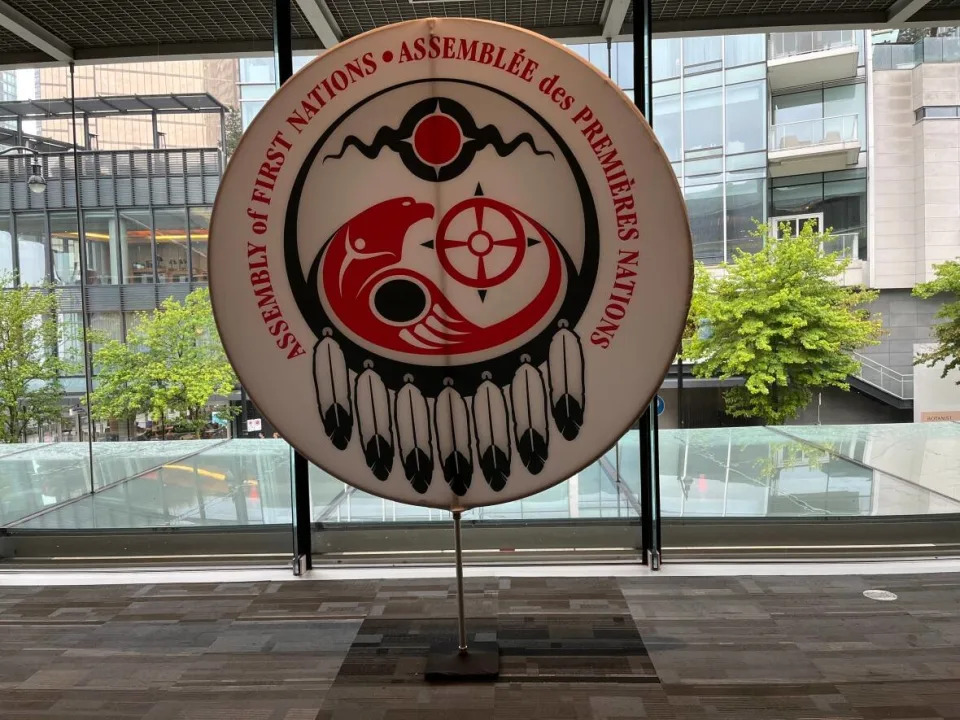
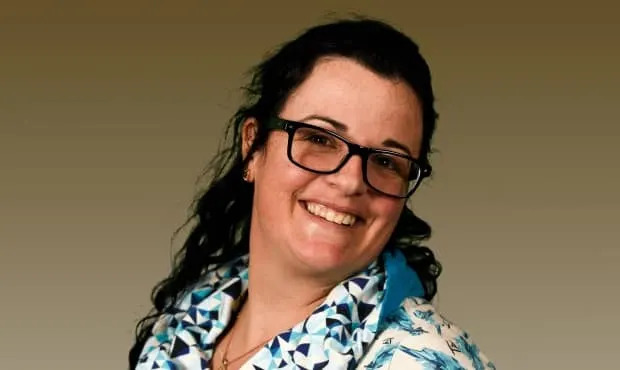

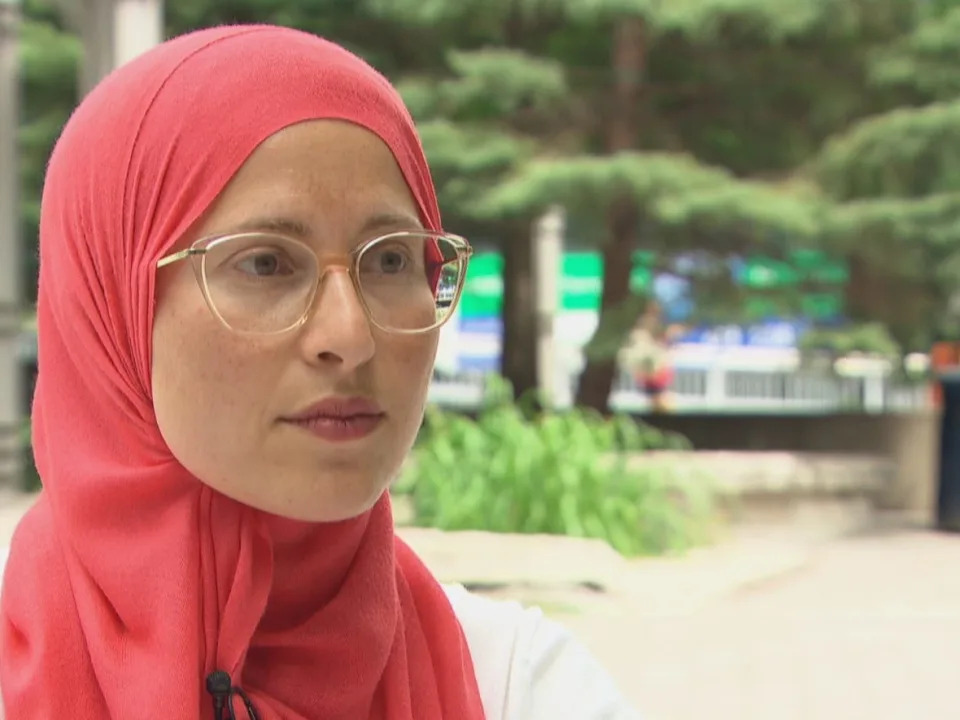
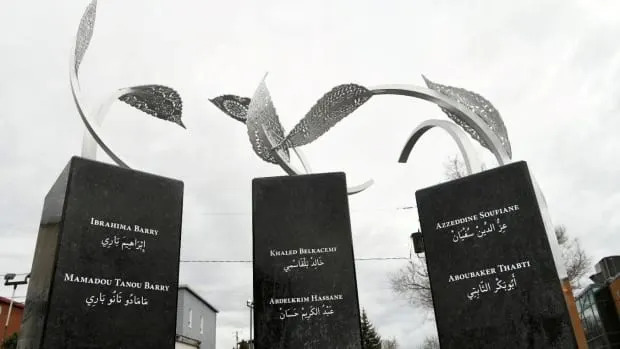



/cloudfront-us-east-1.images.arcpublishing.com/tgam/IW5WLMHTDBKA7GA2UJUR24U4IQ.jpg?resize=780,470)
:format(jpeg)/cloudfront-us-east-1.images.arcpublishing.com/tgam/XHXU4EPDRJDHLJVFOEXYOZIVEA.JPG)
